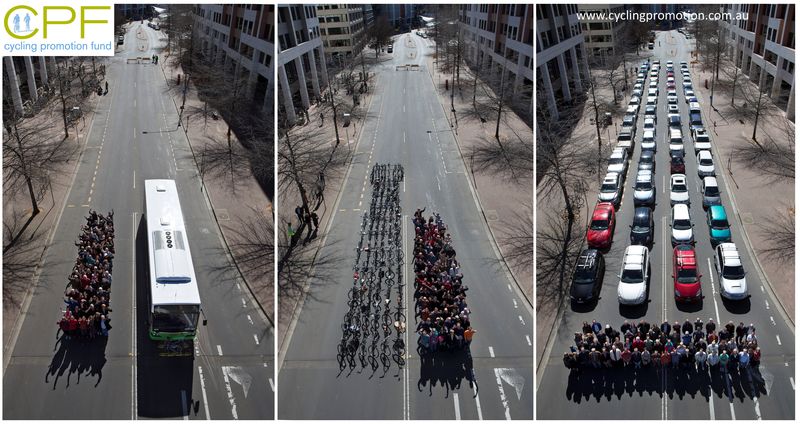FOR IMMEDIATE RELEASE
August 4, 2016
CONTACT
Stewart Schwartz, Executive Director
(703) 599-6437
stewart@smartergrowth.net
Aimee Custis, Managing Director
(202) 431-7185
aimee@smartergrowth.net
Statement on Ruling delaying the Purple Line
WASHINGTON DC—Yesterday, U.S. District Court Judge Richard J. Leon ordered that the “Record of Decision” for the Purple Line be set aside and that a Supplemental Environmental Impact Statement be conducted to update ridership numbers in view of Metrorail’s current maintenance and ridership challenges.
“We are strong supporters of the National Environmental Policy Act, and have ourselves fought for Supplemental Environmental Impact Statements when merited, but we believe that the judge’s decision is in error, and hope that the FTA and State of Maryland quickly file an appeal requesting expedited review,” said Stewart Schwartz, Executive Director of the Coalition for Smarter Growth. “The entire project is at risk, because the delay could mean higher construction costs that undo the negotiated public-private financial structure.”
“Yes, Metrorail is facing challenges over the next few years, but the Purple Line is a long-term investment and ridership forecasts are for 2040, by which time the Metro system will have completed major rehabilitation. Therefore, there is not a ‘substantial change’ in information related to the decision to advance the Purple Line,” said Schwartz
“Certainly, our region cannot survive without Metrorail, and with coming population growth, its ridership will certainly rebound many years before 2040,” said Schwartz. “Yet it seems that the judge is presuming that Metrorail is in permanent and irreversible decline. The judge appears to be making a substantive, rather than procedural judgment and substituting his opinion for that of the experts, something judges typically seek to avoid,” Schwartz continued.
“The judge’s opinion cites case law that the ‘arbitrary and capricious standard of review is narrow and a court is not to substitute its judgment for that of the agency,’ but that’s certainly what’s happened here.”
“In addition, the relative environmental impact of the project isn’t changed by the near-term challenges at Metro. On its merits, the Purple Line will contribute to shifting trips from polluting cars to light rail with much lower emissions per passenger. It will incentivize walkable living near transit further reducing vehicle trips and pollution. It will reduce greenhouse gas emissions that contribute to climate change. Yes, we will lose mature trees and we don’t like to see that, but the environmental benefits far outweigh the environmental costs.”
“Perhaps most unfortunate here, is that wealthy residents of one community continue to stand in the way of a transit project which would provide significant economic and social benefits to lower income residents in dozens of communities to the east,” concluded Schwartz.
About the Coalition for Smarter Growth
The Coalition for Smarter Growth is the leading organization in the Washington DC region dedicated to making the case for smart growth. Its mission is to promote walkable, inclusive, and transit-oriented communities, and the land use and transportation policies and investments needed to make those communities flourish. Learn more at smartergrowth.net.
###

